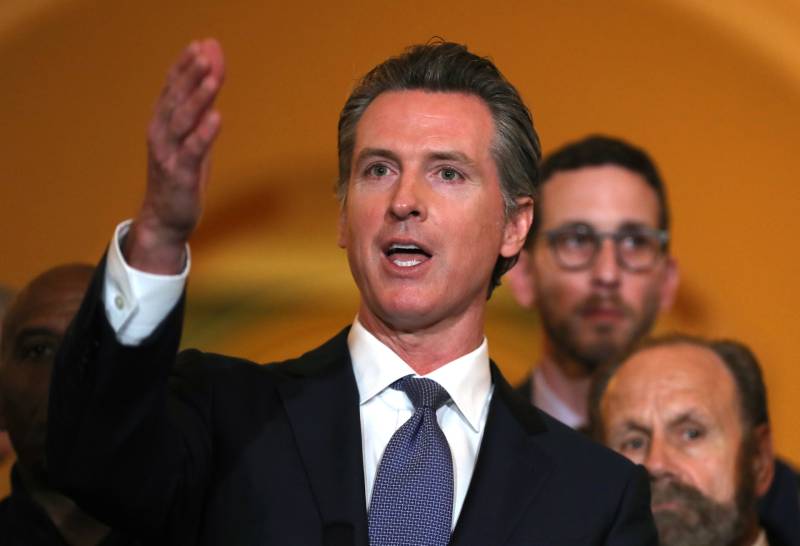California this week pushed ahead with controversial efforts to dismantle the largest death row system in America.
Under Gov. Gavin Newsom, the state is moving to make the transfer of condemned people permanent and mandatory after what the state’s Department of Corrections and Rehabilitation (CDCR) calls a successful pilot program that voluntarily moved 101 condemned people off death row into general population prisons across the state.
The effort is in keeping with Newsom’s belief that the death penalty in America is unjust, is racially and class biased and has little connection to justice.
“That’s a hell of a thing: The prospect of your ending up on death row has more to do with your wealth and race than it does your guilt or innocence,” the Democratic governor said last year. “Think about that. We talk about justice, we preach justice. But as a nation, we don’t practice it on death row.”
After a 45-day public comment period and a public hearing in March, the state hopes to start moving all 671 people on death row — 650 men and 21 women — into several other prisons across the state with high-security units.
Some of those people will be able to get jobs or cellmates if they are mainstreamed into the general prison population.

